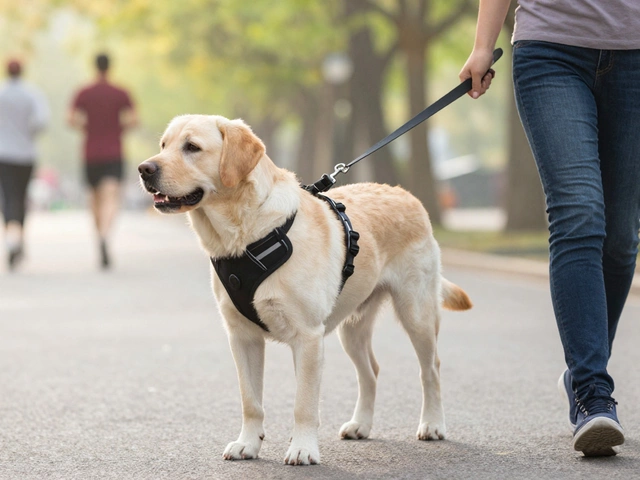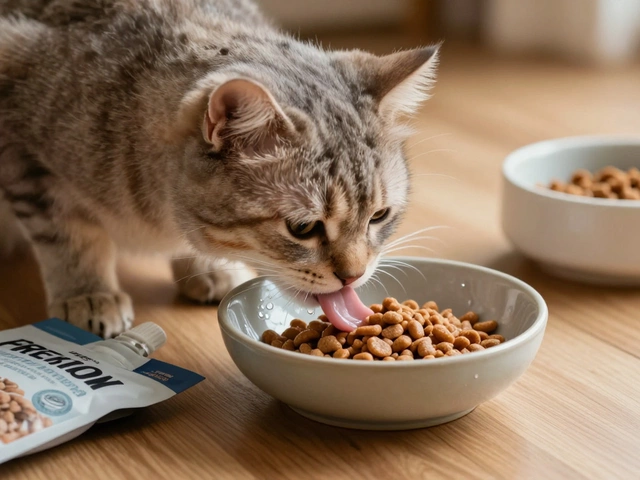Sit Command: How to Teach Your Dog to Sit Fast
Want a simple way to make your dog more obedient? The sit command is the first building block. It’s easy to teach, works in any setting, and gives you a way to pause a dog before moving on to other tricks. Below you’ll find a quick, no‑fluff guide that works for puppies and adult dogs alike.
Why the Sit Command Matters
When a dog sits on cue, you gain control. Whether you’re crossing a street, opening a door, or just saying “stay,” a solid sit makes the next step smoother. It also teaches the pup to focus on you instead of distractions. Most trainers start here because it’s a low‑stress position for the dog and easy for you to reward.
Step‑by‑Step Guide to the Sit Command
1. Choose a quiet spot. Begin in a low‑distraction area like your living room. This helps the dog understand the cue without competing noises.
2. Get a tasty treat. Small pieces work best – think a pea‑sized morsel. You want the reward to be quick and enticing.
3. Hold the treat near the nose. Move your hand slowly upward, letting the dog follow the scent. As the head lifts, the hindquarters naturally drop into a sit.
4. Say “Sit” the moment the bottom hits the floor. Use a calm, clear voice. Pair the word with a hand signal – a flat palm pushing upward works well.
5. Reward instantly. The moment the dog sits, give the treat and lots of praise. “Good sit!” in a happy tone reinforces the behavior.
6. Repeat 5–10 times. Short, frequent sessions keep the dog’s attention. After a few rounds, pause and ask for “Sit” without the treat in hand. If they obey, praise and give a treat after the session.
7. Add distractions gradually. Move to the backyard, then a park. Keep the cue short and the reward immediate. If the dog struggles, back up to a calmer spot and rebuild confidence.
8. Phase out treats. Switch to random treats and then to verbal praise only. The command should stay reliable even without a treat every time.
Common mistakes to avoid: pulling the leash hard, using the cue before the dog is ready, or waiting too long to reward. Those actions confuse the pup and can make the sit feel like a punishment.
Another tip: keep sessions under five minutes. Dogs lose focus quickly, and short bursts make learning feel like a game—not work.
Once your dog nails the sit, you can layer other commands on top. Try “stay” while the dog remains seated, or “down” from a sit position. Each new skill builds on the last, making training smoother overall.
In practice, the sit command becomes a safety net. If you ever need to stop a dog from darting into traffic or eating something dangerous, a quick "Sit!" can buy you those crucial seconds.
Remember, consistency beats intensity. Use the same word, hand signal, and timing each session, and your dog will catch on faster than you think. Happy training!

Essential Puppy Training: Start with the 'Sit' Command for Behavior Success
Training your puppy starts with teaching basic commands to help establish good behavior. The 'sit' command is often the most beneficial command to start with because it lays the foundation for other commands and helps your puppy focus. This article dives into reasons why 'sit' should be your first command, along with effective strategies and the potential benefits it offers both you and your furry companion. Learn how you can incorporate toys into your training regime to make the process enjoyable and engaging for your puppy.
read more



